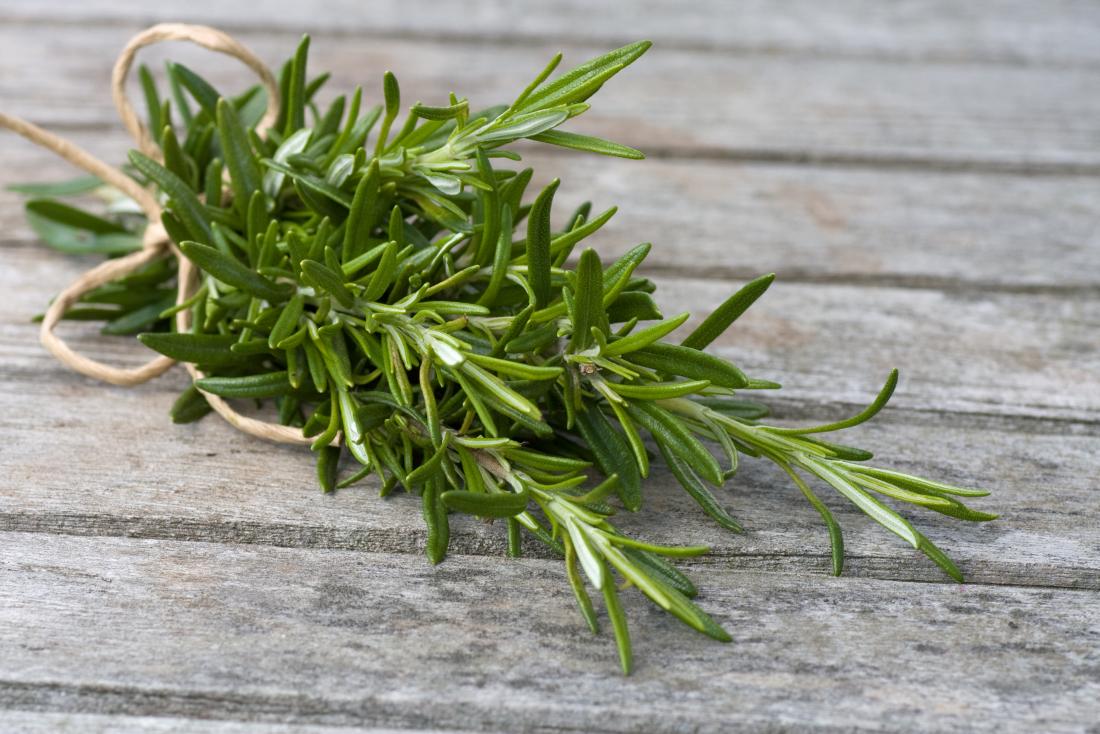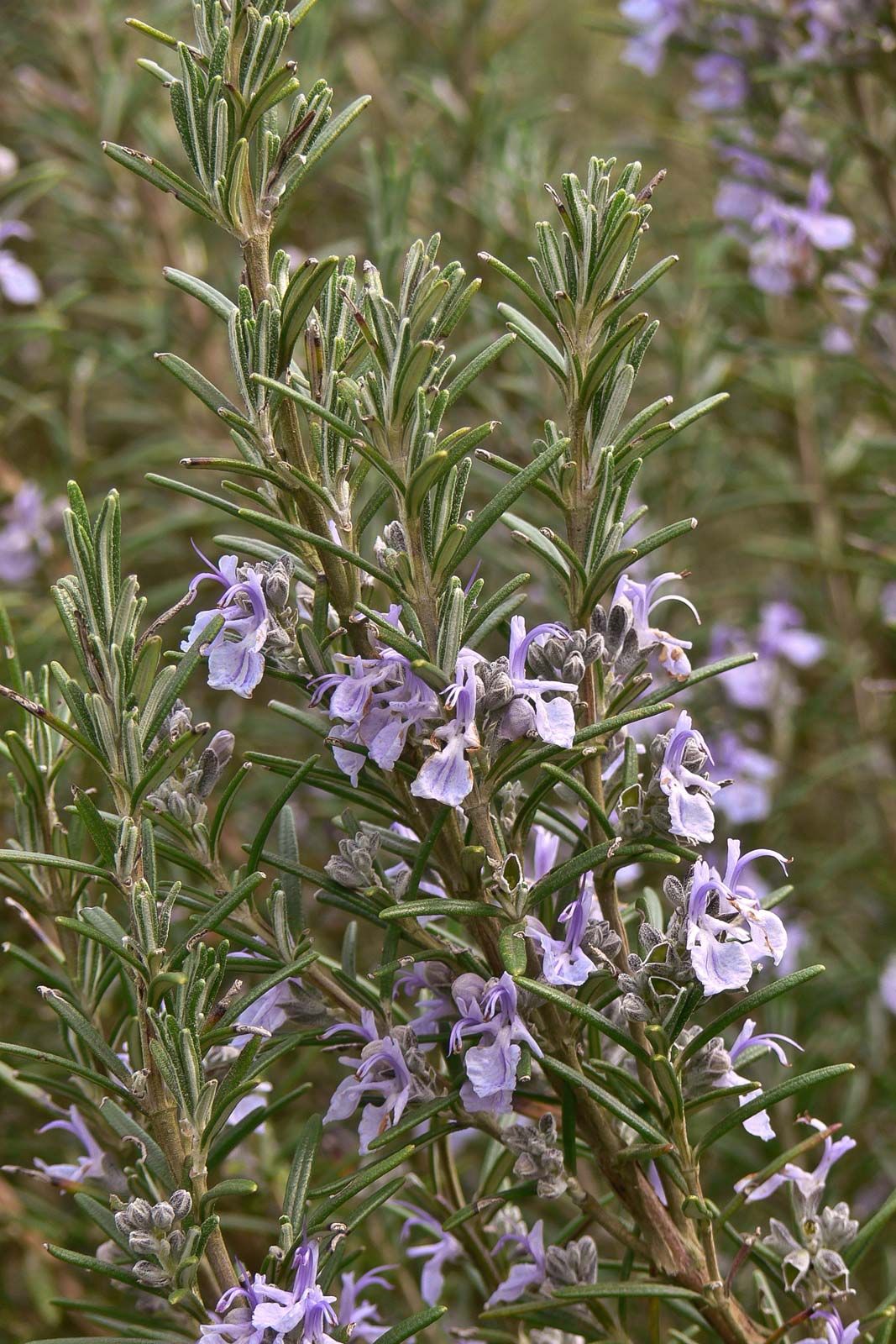Salvia Rosmarinus, also known as rosemary, is an evergreen shrub with delicate pale blue blooms and coniferous leaves. The needle-like leaves smell strongly of spices and taste harsh, astringent, and spicy.
The plant overwinters in gardens in its natural habitats of India and the Mediterranean. It is grown as an evergreen perennial plant in containers in difficult areas, shielded from frost and freezing temperatures.
Although rosemary is a robust and resilient plant, growing it in containers or away from its natural environment can be challenging. In particular, it is a plant that can be challenging to grow because it requires at least 6 to 8 hours of sunlight every day, all year round.
A constant temperature throughout the year, moderate watering, and sufficient fertilization are also essential. It will not flourish if the environment in which it grows is unfavorable, and one of the most frequent issues that arise is a change in the color of the leaves.
The leaves will acquire a subtle brown tint rather than their original intense dark green on the upper side and silvery gray on the underside.
Table of Contents
Why does my rosemary have brown tips?
The first sign of rosemary’s poor growing conditions or carelessness is a change in the plant’s leaves. These modifications can be brought on by any component of cultivation, but these are the most frequent ones.
1. Dry soil
You must routinely water the rosemary in the pot even though it is native to warm, dry climates. The pot needs to be watered again after one-third of the substrate dries out.
Water it liberally, and make sure to empty the tray of any extra water that collects. Rosemaries dislike dry conditions, but they also struggle with excessive moisture in their substrate.
2. Nutrient deficiency
Because what rosemary has in the pot is occasionally insufficient for good growth, it needs additional nutrition, just like all other plants.
So, feed rosemary at least twice a month from spring through fall using fertilizer for houseplants dissolved in water. Reduce feeding in the winter to once a month since the plant relaxes and builds energy for fresh growth in the spring.
3. Lack of light
Growing rosemary successfully requires being able to give it enough of light all year long. The plant that grows in the shade matures slowly, appears ill, and eventually succumbs to being killed. Keep the plant outside in good lighting during the summer.
Put it on a south window during the winter. Or, to prevent heat burns, place artificial light at least 10-15 inches away from the plant.
4. Low temperature
Maintaining a right temperature is essential for producing rosemary. This is not a problem in the summer. However, in the winter, be careful that the room doesn’t get too cold (below 32°F).
One of the most typical responses of this heat-loving plant to cold temperatures is the loss of brown leaves.
5. Wrong place
Your rosemary plant may be sitting on a cold window if the leaves are brown. When the heating is not yet on, it frequently occurs in the spring or fall.
The roots start to rot when the root system gets sick, especially if it is frequently watered or watered with cold water. This instantly damages the plant crown.
6. Dry air
One of the issues you could encounter when growing the plant indoors is excessive air drying. The issue is particularly severe in the winter, when heating-related moisture levels fall to roughly 30%.
Rosemary won’t feel nice in such circumstances. In an effort to lessen transpiration and moisture loss, it will respond by drying the leaves or twisting them. As a result, the plant needs to be sprayed frequently.
Spraying will be a welcome relief throughout the summer when the water evaporates more quickly. Place the plant on a pebble tray to increase humidity during the winter months when moisture retention on the foliage may result in fungus.
7. Overwatering
The metabolism of the plant will be severely hampered by excessive water around the root system as a result of insufficient hydration or heavy soil that retains water for an extended period of time.
The leaves initially turn a pale yellowish color because too much water kills chlorophyll. The leaves and stems will darken till they turn brown and mushy if nothing is done, which is a sign that the root is decomposing.
How do you revive a dying rosemary plant?

To save a plant with brown leaves, you must first identify which of the following factors contributed to the plant’s condition.
Some of these might be resolved by altering how you care for the plant. The issue of overwatering is the most hazardous and challenging to address, though. You can attempt the next if you notice any saggy, brown leaves or stems.
- Remove the plant from the pot with care.
- Examine the root and eliminate any decaying or unhealthy components. Remember that if you remove more than one-third of the root mass, the plant will not survive.
- The root should be cleaned and rinseed with warm water.
- For a few hours, place the plant in the shade so that the root can dry.
- Prepare a fresh container filled with substrate and perlite or sand in an equal ratio in the interim.
- Don’t water the plant for the first seven days after transplanting it into a pot. Keep the plant out of direct sunlight during this time and in some light shade.
Can you use rosemary after it turns brown?
The plant demonstrates that there has been a change in its metabolism by changing the color of the leaf. As a result of this disorder, loss of color is not the only thing that occurs. These plant parts are not edible since they lose their distinctive flavor and odor.
Why is my rosemary turning yellow?
As previously mentioned, too much water might result in yellow foliage. Lack of watering can result in the same issue. The plant redistributes the available water in the absence of water, leaving one area of the leaves without moisture, causing the leaves to become yellow and drop off.
Check the substrate if incorrect watering is not the root of the leaf yellowing. Poor soils with low levels of nitrogen, magnesium, or zinc will not support the growth of rosemary.
The usage of substrates for indoor plants and regular feeding will either fix or prevent this issue. Every spring, transplant mature, grown plants. Alternately, apply new layers of substrate over the top of the old ones.
Why does my Rosemary have leaf spots?

As a result of the disease’s quick spread, fungus might fully overtake the leaves. Don’t wait for this to happen, though; take action as soon as you see the first indications. Eliminate all infected leaves. Rosemary takes pruning well and has a fair possibility of bouncing back even after being cut in half.
If you notice that water drops remain on the leaves for longer than two hours, do not spray them. In this instance, the moisture content is adequate, so the plant does not require additional hydration. Avoid using fungicides since, even after they heal, the leaves are unfit for human consumption.
